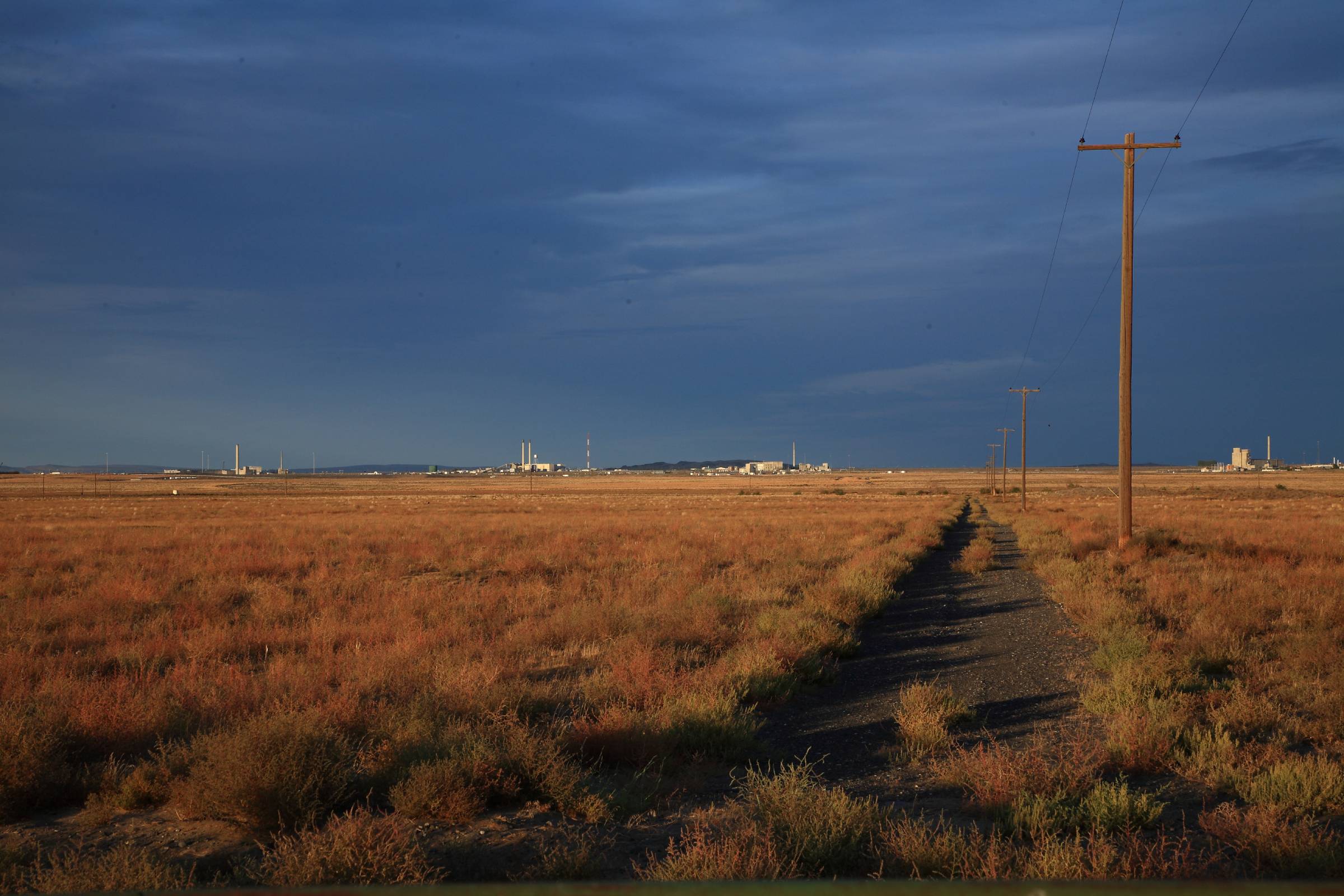Hidden in the vast expanse of Washington state, the Hanford Site spans 586 square miles and is infamous for being the most contaminated nuclear location in America. Originally constructed in 1944 as part of the Manhattan Project, this site played a pivotal role in producing plutonium for the United States’ nuclear arsenal.
During its operational years, Hanford supplied plutonium for the “Fat Man” bomb dropped on Nagasaki in World War 2 and accounted for 65 percent of the U.S. nuclear arsenal during the Cold War. To build this facility, the government displaced 2,000 local residents, including Indigenous peoples.
By the time operations ceased in 1987, Hanford had produced an astonishing 67 metric tons of plutonium. The fallout from decades of production is staggering. Today, Hanford stores 56 million gallons of radioactive waste in 177 underground tanks. But how did it earn its name as the most contaminated nuclear location in America?

Well, that’s because 68 of the original 149 single-shell tanks have leaked, spilling approximately 900,000 gallons into the soil. This contamination stretches across 85 square miles of groundwater, with radioactive water seeping into the nearby Columbia River. The site’s total radioactivity is estimated to be double that of the Chernobyl disaster.
Cleanup efforts began in 1989 and face formidable challenges. Poor historical documentation has made locating all contaminated materials a daunting task. Many storage tanks, long past their designed lifespans, continue to leak, risking further nuclear contamination to the location.
The site’s workers also contend with hazardous conditions, including exposure to toxic vapors. Natural disasters like earthquakes and wildfires add yet another layer of risk to cleaning up the most contaminated nuclear location in America.
Despite a $2-3 billion annual cleanup budget, complete remediation isn’t expected until at least 2069. A waste treatment plant, set to begin vitrifying the waste into glass in 2025, offers some hope. Meanwhile, parts of the site, like the B Reactor turned museum, remind visitors of its historical significance, while surrounding areas have been transformed into a wildlife preserve.







